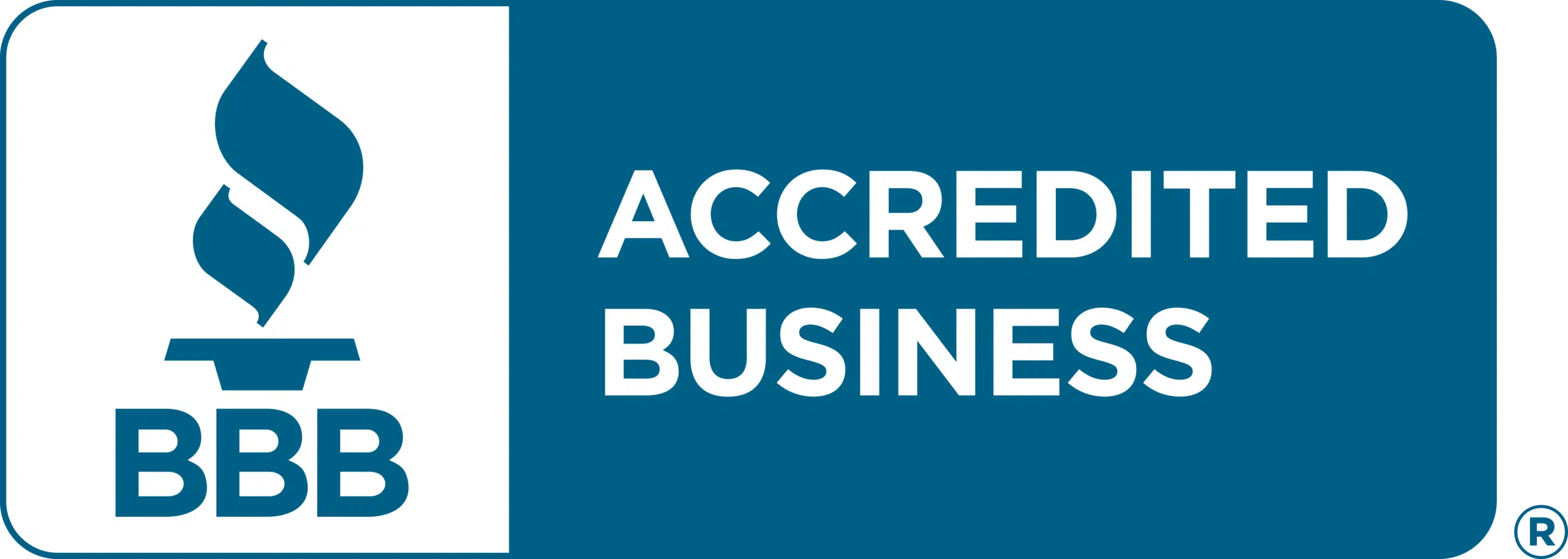The statement of adjustments shows how the costs are split between the buyer and seller when a property transaction is complete. This document is crucial in ensuring the financials are transparent and accurate in the conveyancing process. In this article, we will explain the statement of adjustments and how they work.
What is a Statement of Adjustments?

A Statement of Adjustments in a real estate transaction provides a breakdown of all the financials that must be settled between the buyer and seller on completion. This document is prepared by a legal professional, usually a lawyer, and itemizes various payments and credits for both parties. These adjustments are necessary to fairly distribute costs that have been pre-paid or are owing after the date of sale, such as property taxes, utilities or body corporate fees. This way, the seller gets the right amount of money, and the buyer knows exactly what they owe on the day the property changes hands.
For buyers the Statement of Adjustments shows the final amount they need to pay at completion. The buyer’s statement outlines the buyer’s financial obligations, including debits and credits to the purchase price, pre-paid items and the amount owing to the seller at completion. For sellers, this statement shows the amounts that will be credited back to them. The seller’s statement details the calculations to determine how much the seller will get at completion, including debits and credits. Both parties need to review this document thoroughly with their legal advisors to ensure a mutual understanding of the adjustments and that the completion of the sale proceeds without any financial ambiguity.
Key Components of a Statement of Adjustments
The key components of a Statement of Adjustments can be categorized into several essential items that capture the financial transactions between the buyer and seller. The statement of adjustments may include, but is not limited to, the following items:
- Purchase Price: The total amount agreed upon for the property sale.
- Deposit: The initial payment made by the buyer when the offer to purchase was accepted. This amount is credited to the buyer in the statement.
- Prorated Property Taxes and Utilities: These are costs that the seller has prepaid for a period that extends beyond the closing date. The buyer may reimburse the seller for the portion of the time when the buyer will own the property.
- Outstanding Mortgage: If the seller has a mortgage on the property, this amount will be listed on the statement of adjustments. The buyer will typically be responsible for paying off any outstanding balance on the mortgage at closing.
- Closing costs: These are the expenses associated with the sale of the property, such as legal fees and title insurance.
- Rent and Security Deposit Adjustments: If the property is tenanted, any rent collected by the seller that applies to the period after the buyer takes possession is credited to the buyer, along with any tenant security deposits that will be transferred.
- HOA Fees or Condo Fees: Similar to taxes and utilities, any homeowners association fees or condo fees the seller has prepaid will be prorated and adjusted so that the buyer pays for the period they have the property.
Adjustments and Calculations
The adjustments and calculations ensure that both the buyer and seller only pay for their fair share of costs associated with the property. This includes accounting for prepaid amounts and unpaid amounts such as property taxes, condominium fees, and utilities. Typically, these calculations are done on a prorated basis, considering the number of days between the closing date and the end of the year.
For instance, if the closing date is June 30th, the seller would be responsible for 50% of the prepaid annual property taxes, while the buyer would cover the remaining 50%. The same prorated calculation applies to condominium fees and other prepaid expenses. This method ensures that each party pays for the period they own the property.
Additionally, the Statement of Adjustments takes into account any deposits made by the buyer, such as the down payment, and any credits or debits related to the purchase price. The final calculation results in the balance due on closing, which is the amount the buyer must pay to complete the transaction. This detailed breakdown helps both parties understand their financial obligations.
The Importance of the Statement of Adjustments
The Statement of Adjustments lists the prorated amounts to be settled to ensure a clear statement of the balance due at closing. The real estate lawyers review it to validate calculations and ensure compliance with local regulations. The statement is a fundamental component of the conveyancing process that can be referenced if questions arise about the financial transactions.
How Statement of Adjustments Affects the Buyer and Seller
For the buyer, the statement of adjustments clarifies the final amount they must pay at closing. This goes beyond the purchase price to include other financial obligations to acquire the property. The buyer’s trust ledger statement outlines the funds exchanged on closing day, detailing debits and credits such as the mortgage loan amount, down payment, closing costs, and payments due to the seller.
For the seller, it details the amounts to be credited back to them, which may include the buyer’s share of prepaid costs, such as the aforementioned property taxes or homeowner’s association fees, if applicable. The seller’s trust ledger statement summarizes the seller’s financial position in the transaction, outlining the credits and debits related to the sale, including the amounts received from the buyer and any outstanding payments the seller must make at closing.
The Role of Legal Professionals
Typically, both the buyer’s and seller’s lawyers will prepare their own Statement of Adjustments. These individual statements are then combined to create one final, comprehensive document. This collaborative approach ensures that both parties are fully aware of their financial obligations, facilitating a smooth transaction.
Legal professionals review the Statement of Adjustments to verify that all credits and debits are accounted for and that the calculations are accurate. This thorough review process helps prevent any errors or discrepancies that could delay the transaction.
Summary
The statement of adjustments is a fundamental document that must be reviewed carefully by both parties involved in a real estate transaction. Buyers and sellers should work closely with their respective real estate lawyers to understand and verify each line item on the statement. This ensures that the closing proceeds smoothly, with a clear understanding of all financial responsibilities being transferred along with property ownership.
Insight Law Professional Corporation is a real estate law firm located in Toronto. If you need more information on real estate transactions, contact us today and learn how a real estate lawyer can help you.
The information provided above is of a general nature and should not be considered legal advice. Every transaction or circumstance is unique, and obtaining specific legal advice is necessary to address your particular requirements. Therefore, if you have any legal questions, it is recommended that you consult with a lawyer.







